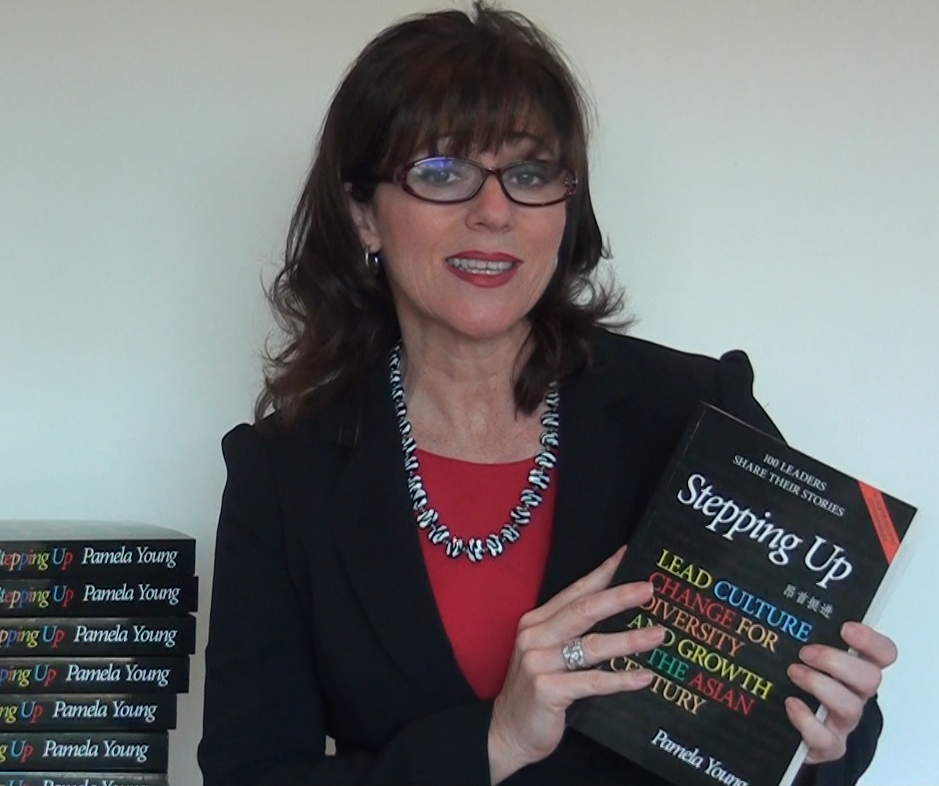|
Understanding who is in your Culture Circuit, and how they impact your performance is a precondition to aligning your own culture to deliver strategy. The Culture Circuit is described in Stepping Up and used in relevant Advance Programs. growthcurv's Culture Circuit was created after years of working in different organisations, industries and country cultures across the world. |
Your Culture is like the foundations of the bridge above
When the foundations are strong, your organisation can withstand any challenge - even a pandemic. An earthquake is to this bridge, what a pandemic is to your culture - it can threaten the integrity of your foundations. Your culture is a highly engineered and critical structure that you (knowingly or not) rely on to deliver strategic pivots you have made. When cultures are compromised, your journey is compromised. Reaching your destination on the other side of this bridge may not be a realisable dream. CEOs who understand the link between a culture's foundations (hidden assumptions) and reaching targets are primed for growth. see growthcurv's CEO&Culture programs |
|
|
8 important things to know about cultures...
if you want to change them |
Vertical Divider
|
These 8 are described in Stepping Up and are covered in our Advance programs |
|
Know your Culture Circuit
|
Vertical Divider
|
The Culture Circuit is a cultural transformation tool designed by growthcurv that enables you to identify internal and external stakeholders that positively or negatively impact industry and business growth and performance.
Organisations survive within an ecosystem of cultures connected via the Culture Circuit. The Culture Circuit influences actions and outputs of you, your leadership, employees, customers, suppliers, investors and so on. We each bring to work a range of values we have adopted during our lives and these impact your business performance and the performance of your Top Team. Each Culture Circuit is unique so you must know who is in your Culture Circuit. When you understand how the forces in your Culture Circuit work, you can use them to pivot your organisation, boost your productivity and exceed performance expectations. |
|
How culture can destroy value
|
Vertical Divider
|
Daimler-Chrysler
One of the most memorable examples of the destruction of value from culture clash is the DaimlerChrysler merger of 1998 where value dived from $35bn to $7.4bn in just nine years. The organisation cultures were so different and the resulting operational challenges were huge. By 2007 the decision to divorce was taken. To avoid making the same mistake, ask us how to complete a thorough Culture Due Diligence and agree ahead of the deal how you will manage and/or overcome the challenges that different cultures create. Refer our M&A service |
|
Shifts in assumptions & behaviours
|
Vertical Divider
|
Like the foundations of the bridge above are shaken by an earthquake, the foundations of your culture are shaken by a pandemic. What was once considered true (our jobs will be safe), is no longer necessarily true. The assumption that our company will remain open and customers will continue to walk thorough the front door, has shifted. Assumptions act like an anchor, holding old beliefs in place. When they shift, so do the beliefs and behaviour shift. You need to know what new assumptions are now driving behaviours.
As the CEO, you will want to get on top of the cultural shifts that have occurred during the pandemic. The process involves resetting assumptions to create the beliefs you need to generate the new behaviours to deliver your strategic pivot. As independent, objective and skilled culture strategists, we can assist you to discover assumptions faster, and painlessly, so that you can get on with delivering change and results. |
|
Culture Hand-Brake or Turbo-Charge?
|
Vertical Divider
|
Culture can used to create competitive advantage and fuel growth when you know how. It shapes behaviours that can act like a turbo-charge (or a hand-break) that aids (or inhibits) progress when accessing new markets, transforming business processes, upgrading delivery systems or integrating newly acquired companies.
When growth is interrupted, most CEOs tend to focus on addressing the obstacle (the symptom). That's not enough. You must find the layer in your Culture Iceberg that allowed the obstacle to exist (the cause). CEOs who know how to use culture levers to deliver their strategic pivot can get ahead faster and respond more effectively to the post-pandemic environment. Survival requires agility: agility cannot exist with hand-breaks. |
|
Leading culture change sits with the CEO
|
Vertical Divider
|
Culture change once rested with Human Resources. Not now. CEOs must own their culture as they direct it by their daily words, actions and outputs. Culture is formed by founders, leaders, investment choices, structures, policies, hiring selections, industry guidelines, suppliers, market forces and more. Hidden forces propel it forward, sideways, or backwards constantly - so you must have your hand on the tiller.
A CEOs most important task is not setting strategy, it's aligning the culture to deliver it. That's the hard stuff. Alignment requires organisational tuning that great leaders understand. Getting people to buy-in is the CEOs role, not HR. Our Advance Programs show CEOs and Top Teams (a) how culture links to productivity and profitability, and (b) how to lead culture change that is sustainable. |
|
growthcurv's culture USP
|
Vertical Divider
|
Our Culture Change work is led by our Managing Director, Pamela Young. She shares her 'lived cultural experiences' from around the world and deep understanding of the impact of organisational culture on business growth and performance. She has been working on the link between culture, strategy and the bottom line (see - Advance Program 1) for 30 years and her know-how is included in her book Stepping Up. Our USP and competitive advantage is in helping you align your culture to deliver strategy.
2021 CEOs must gain the followship (see Advance Program 3) of employees to pivot the business in this new and challenging post-pandemic environment. CEOs who focus only on markets, products, finances and shareholder returns are at risk of missing the power of their people. Transformation unlocks old cultures; inspirational visions spawn new ones. |
Ask us about aligning your culture with strategy.




